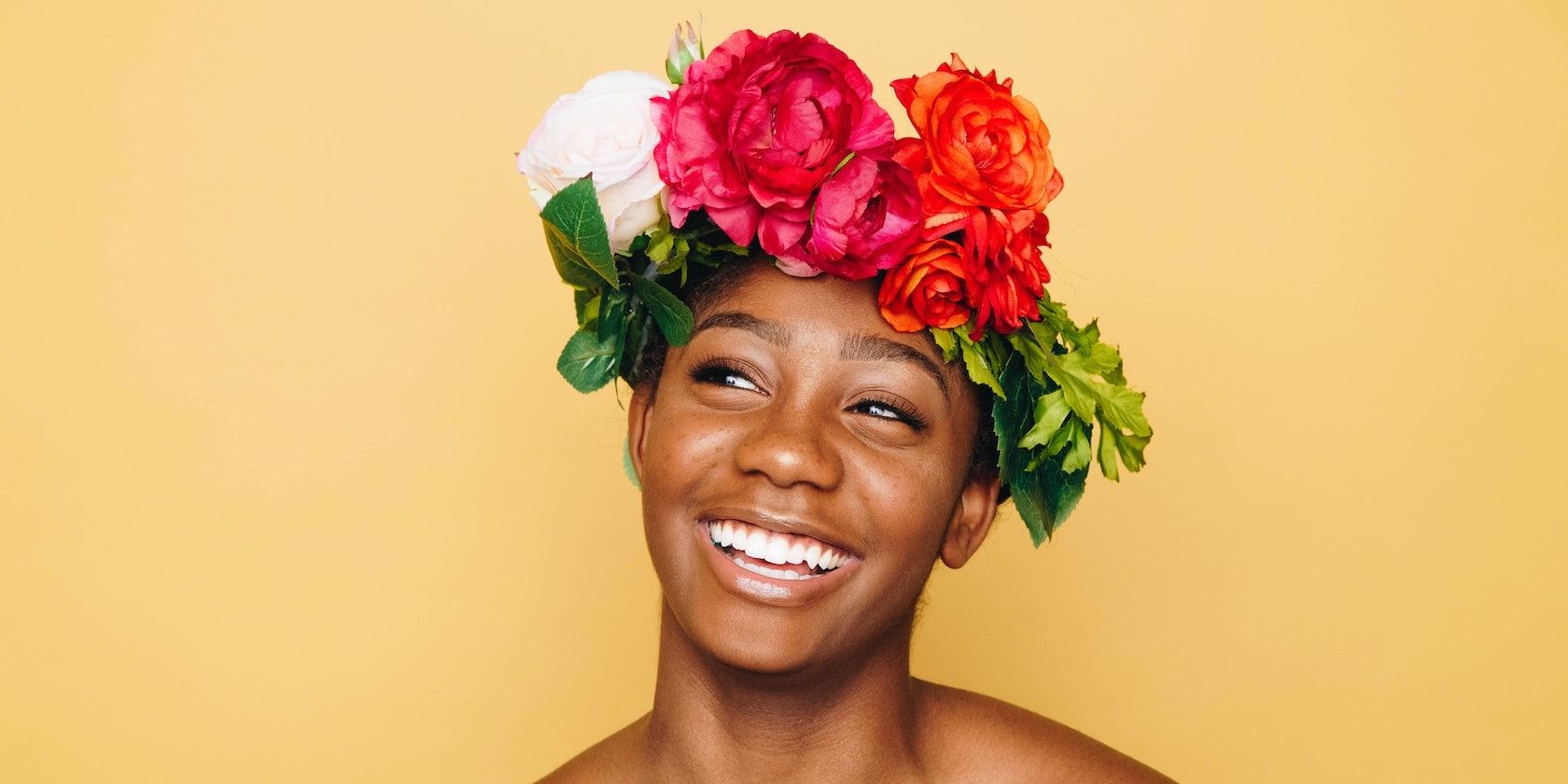Smartphone cameras are now good enough that they can be used for all sorts of shots, including portraits. However, there are a number of simple ways to improve the quality of portraits shot on your smartphone.
Shooting Portraits on Your Phone
Most people now shoot (a lot of) portrait photos on their phones. Whether selfies or shots of their friends and family on nights out, nights in, vacations, weddings, etc. But while they’re snapping away, the results can often be disappointing.
Portrait photos are designed to capture someone’s essence in an instant. While they’re usually focused on the subject’s face, the best portraits also capture an expression, a mood, or someone’s personality. And doing that successfully requires a little more effort.
To take better portraits on your phone, there are a trio of things I would recommend doing. If you do just one of the following, your portraits will look better, but by doing all three together, you’ll be able to lift your smartphone portraits to a higher level.
Switch to Portrait Mode
The first and most obvious tip is to switch your phone to Portrait mode. For those uninitiated with it, Portrait mode is, as the name suggests, specifically designed to help you shoot better portrait photos. And it’s the most obvious shortcut to achieving better portraits.
Portrait mode achieves this by creating a shallow depth of field, bringing the subject into focus while softly blurring the background. This enables you to put all the attention on the subject, with everything else in the frame gently eased out of the viewer’s mind.
Most phones offer a Portrait mode, and it’s easily accessible in your camera app. So, to take a photo with Portrait mode enabled, open your camera app and switch to Portrait mode. Then, you just need to line up your shot, tap the screen to adjust the focus, and press the shutter button.
Portrait mode isn’t perfect. It can, for example, struggle with busy backgrounds or worn accessories such as hats and sunglasses. However, it’s great for capturing simple emotions in an instant. My advice is to look at the results before moving on, just in case the results aren’t as expected/desired.
Try Different Angles
The next tip is to shoot multiple portrait shots from multiple angles. Professional photographers do this, asking a subject to act naturally or strike lots of different poses one after the other. All while they’re snapping away from different angles to try and find the exact shot they want to use.
While you might not have the time or inclination to take dozens of shots, you should at least take a trio of shots from different angles. This way, you’re covering various options, and should end up with one that’s more impressive than the others. If you want to take more, feel free to do so. After all, digital storage is cheap, and you can delete all but the one you like anyway.
The most obvious angles to shoot portraits from are straight on, from above, from below, and to both sides. But you could also try something more experimental, by increasing the distance between you and the subject, or even shooting them from behind. There are some real advantages to shooting from low angles, so that should definitely figure in your plans.
Experiment With Light
Last but not least on the list of tips to help take your smartphone portraits to the next level is the need to experiment with light. When it comes to portraits, the most obvious course of action is to flood the subject with light. So, on a sunny day, have them facing the sun, or at night or when the weather is less good, try playing with light sources and shadows.
The key is that you won’t know what is and isn’t working until your experiment. And there are various factors at play here. Your subject matter may benefit from being lit in a specific way. Or you may want to use light in order to expose a certain feature or emphasize a particular mood or emotion.
Natural light is generally considered the best form of lighting for portraits, as it tends to be soft and flattering. It’s also the cheapest and easiest option, as it’s free and doesn’t require any special equipment. However, if you need to throw more light on your subject, there are plenty of affordable options (such as ring lights or lamps) available.
If you fail to capture good lighting at the time of shooting, editing your photo could prove useful. Some camera apps offer different lighting effects, or you can make manual edits to increase the brightness, contrast, shadows, saturation, and more.

Related
9 Creative Self Portrait Photography Ideas
There’s more to self portrait photography than pointing a camera at your face and taking the shot. Try these creative ideas to stand out.
As you can see, there are some extremely simple-yet-effective ways to take better portraits with your smartphone. Sure, you could just whip your phone out of your pocket and shoot without thinking, but the results will not be anywhere near as good.













Leave a Comment
Your email address will not be published. Required fields are marked *